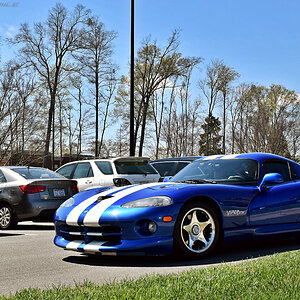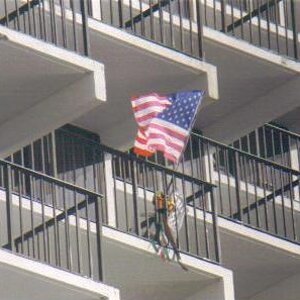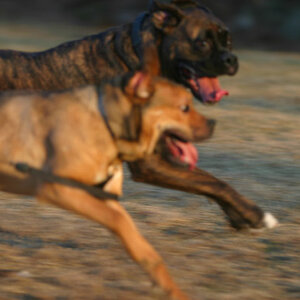Ilovemycam
No longer a newbie, moving up!
- Joined
- Oct 12, 2012
- Messages
- 1,070
- Reaction score
- 113
- Location
- Mid Atlantic
- Can others edit my Photos
- Photos OK to edit
Back in the day, tilt-shift was the preferred method for architectural work with view cams. Nowadays it is a tool to freak out and distort perspective.
Do you think tilt-shift is destined to be a classic or is it just another fad?
Do you think tilt-shift is destined to be a classic or is it just another fad?


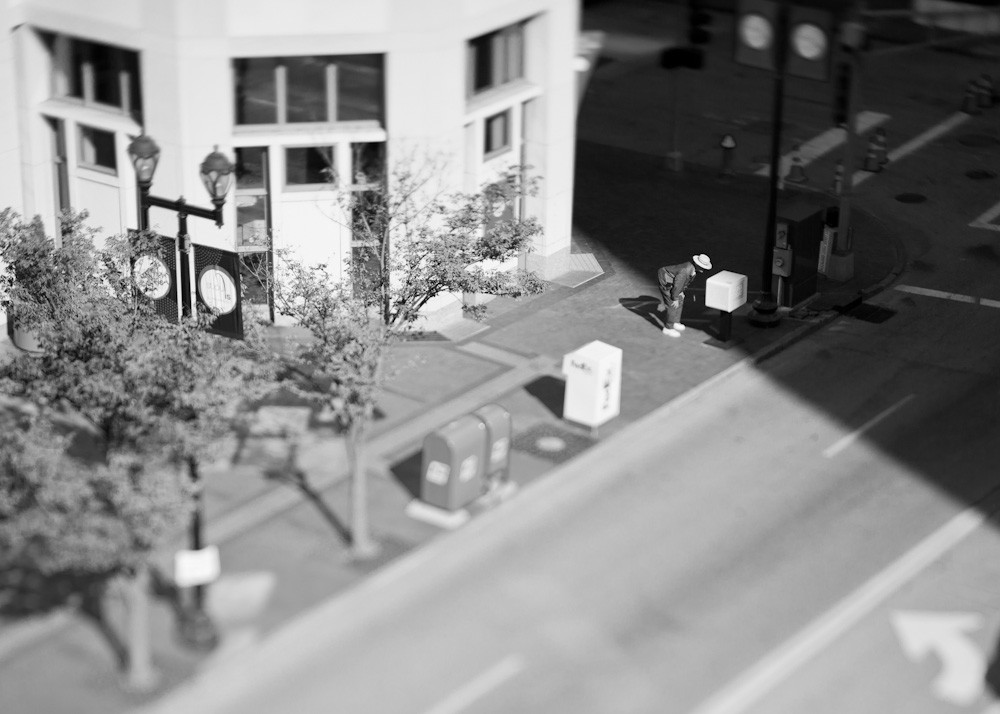

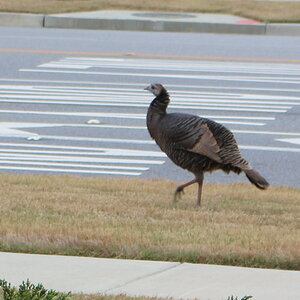

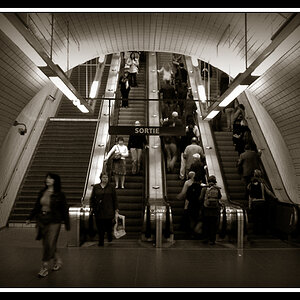
![[No title]](/data/xfmg/thumbnail/32/32003-70dfe149c27224e28ba98e975984e01e.jpg?1619735147)


